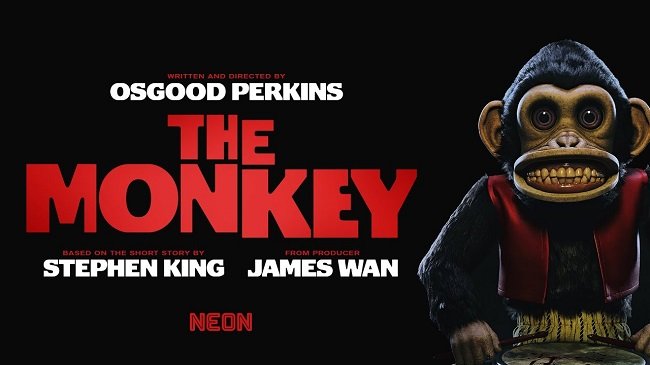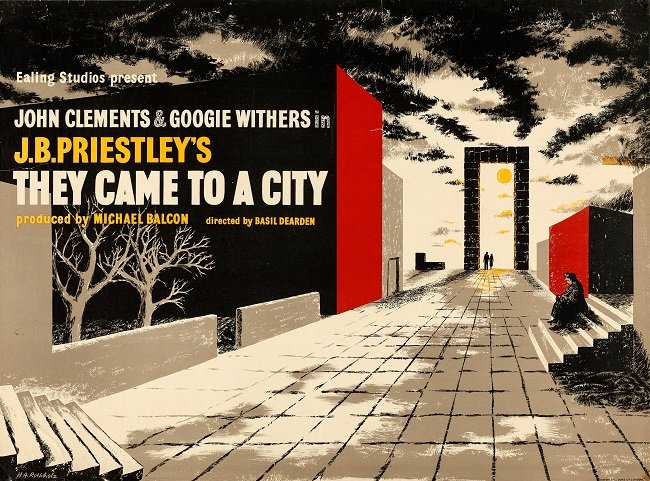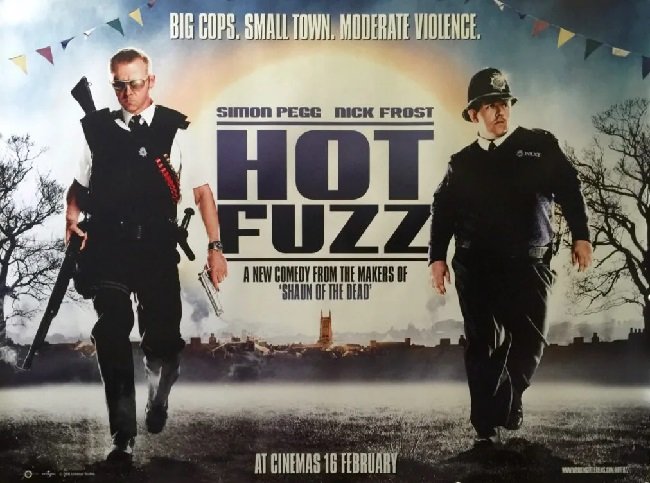Ghostbusters: Afterlife (2021)
Broke and down on her luck, Callie Spengler along with her two children Phoebe and Trevor, inherit a farm owned by her estranged Father, Egon Spengler. Earth tremors and other unexplained incidents subsequently occur and Phoebe soon discovers her family heritage. That is the plot of Ghostbusters: Afterlife in a nutshell. If you are looking for innovation and a new take on the existing lore then you will be disappointed. This film is the embodiment of a fan service and a concerted attempt to repurpose an older franchise for a new generation. Ghostbusters: Afterlife is heavily invested in paying tribute to the original 1984 film. Rather than just make a few subtle references to the source material, director Jason Reitman bludgeons the audience with a continuous barrage of recreations of set pieces, callbacks and homages. After the first ten minutes it is quite clear what is on offer and it does at times become a little wearing. It’s a bit like watching a very good quality tribute band. But if this is what you want then you’ll be rewarded in spades.
As you would expect from a tent-pole movie such as Ghostbusters: Afterlife, the production values are very high and the visual effects exemplary. Despite using modern CGI and animatronics, the look and feel of the proton packs, ghost traps and supernatural beasts is very authentic. Muncher, a new variant on Slimer, is clearly in the same idiom and an enjoyable variant. For me, the best aspect of this two hour fan service was composer Rob Simonsen’s loving recreation and adaptation of Elmer Bernstein classic score. Bernstein’s son Peter acted as consultant, providing guidance on the orchestration. Simonsen even includes a ondes martenot throughout the score, played by Cynthia Millar, who also played the same instrument on Bernstein's 1984 Ghostbusters score. Seldom does an iconic film soundtrack get so lovingly reinterpreted.
Any film centred on a cast of young or teenage actors is always taking a calculated risk as far it’s a difficult thing to get right. A few directors such as the great Joe Dante (Gremlins, Explorers and The Hole) have an inherent ability to portray young people authentically. Not everyone else fairs so well. However, in the case of Ghostbusters: Afterlife, Phoebe Spengler (Mckenna Grace) carries the film. She is charming, funny and her burgeoning friendship with fellow nerd and social outcast, Podcast (Logan Kim) is quite droll. The teenage romance between her brother Trevor (Finn Wolfhard) and “carhop” Lucky Domingo (Celeste O'Connor ) is not so endearing, being somewhat contrived and formulaic. The ageless Paul Rudd does compensate by providing some amusing leftfield comic relief as Gary Grooberson; Phoebe and Podcast's summer school science teacher.
For many viewers the main attraction of Ghostbusters: Afterlife is the appearance of the original actors. They are together on screen for approximately 10 minutes at the climax of the film. Dan Ackroyd, Bill Murray and Ernie Hudson each get a small scene to themselves during the course of the film. Ray Stanz speaks to Phoebe on the phone as a means to expedite the story. Peter Venkman has a mid-credit scene with Dana Barrett (Sigourney Weaver) and Winston Zeddemore (Ernie Hudson) has a rather portentous post credit scene which heavily implies an immediate sequel or at least further entries in the series. Some may balk at the brevity of these vignettes but I personally found them very enjoyable. However, considering the respective age of all concerned, this was a prudent decision as an entire movie based upon their geriatric antics would have strained credibility.
Is Ghostbusters: Afterlife entertaining? Yes, I liked the majority of the film and the story did pick up after the first 30 minutes. I suspect that some content may have been removed to bring the running time down to manageable 2 hours. The town Summerville is conspicuously empty at the film’s denouement and the missing population is not explained. The humour is dry and at times surprisingly adult but the original 1984 film had a similar tone. However, I did find myself being continuously pulled out of my sense of immersion due to the hamfisted barrage of references to the source material. Fans are sometimes too close to that which they love and can lose their sense of objectivity. I certainly think that is the case here. Hence, be aware of this before watching Ghostbusters: Afterlife so you can adjust your expectations accordingly.




























